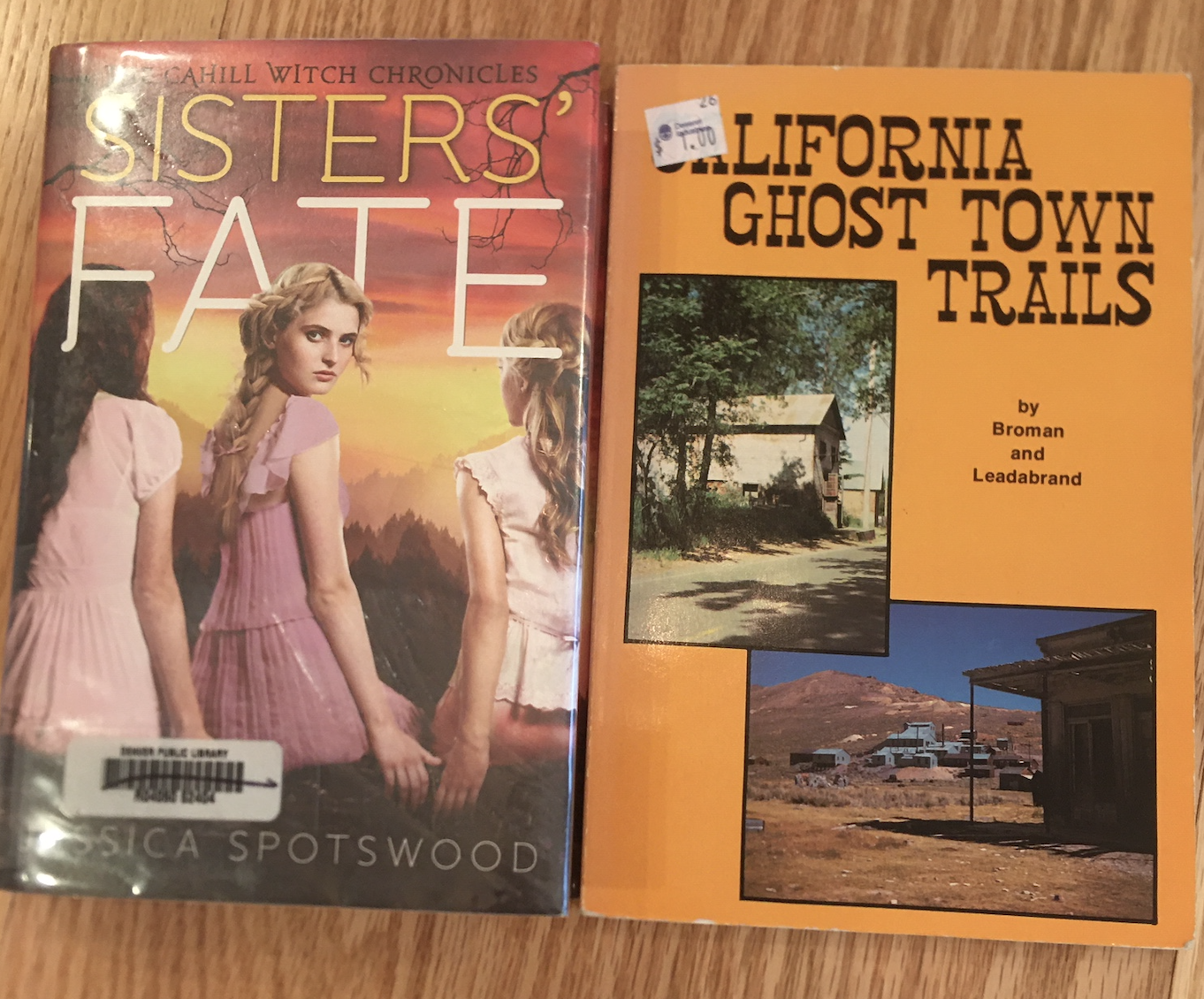You have /5 articles left.
Sign up for a free account or log in.

Today, I received a package from Walmart.com of a 48-ounce Nalgene water bottle.
In the shipping container with the water bottle were two books. A hardcover of Sisters' Fate by Jessica Spotswood. And a softcover of California Ghost Town Trails by Mickey Broman and Russ Leadabrand.
Not having ordered these books, I surveyed the four remote learning college students who are riding out the pandemic in our home. These young people seem to buy and read paper books. But, alas, none had ordered these particular books.
Nor did the book order originate from my wife.
Were these books mistakenly included in my Walmart.com water bottle order? Sometimes we get the wrong things.
The answer to the book mystery was revealed in the packing slip. The seller on Walmart.com turned out to be an entity called Jagaloon. (Which means that Walmart.com is following Amazon in the practice of acting as a platform for third-party sellers, which I did not know.)
Jagaloon included the following on the packing slip:
Books in my order?
You may find books included in your order. Jagaloon repurposes these books to use as a packaging material to protect your order while it is in transit.
Read them.
Recycle them.
Do as you please.
Have a great day!
Wait. What?
Are books now packaging materials?
Have you ever heard of such a thing?
A couple of months ago, I would have said that books used as packaging materials was a signal of the apocalypse. The bar has been raised a bit for end-of-the-world signs.
On the one hand, these surprise books caused a bit of household delight. The remote learning college kids took a minute to look up from their screens and examine the books. Then they went back to their screens.
On the other hand, how depressing. That the years of work that go into bringing a book into the world can end up as random packaging materials, no more valued than inflated plastic cushioning, is not a thought that any author would choose to entertain.
For a particular subgroup of humans, books are alive. Physical books occupy a place between an object and a presence.
We higher ed people are people of the book.
Some of us may be enamored with the weightlessness of digital books, but even the most dedicated ebook fanatic will always treat paper books with respect.
Should we view the use of books as packaging material as the e-commerce version of the front-yard lending library?
Will the future of unwanted used paper books become tied up with the disappearance of most brick-and-mortar retail stores, consigned to circulate endlessly as cushioning in the packages of consumer goods sent to our homes?
What do you think? Is the use of books as packaging material a brilliant idea, or a sign that all is lost?




